Collection
Theme
- Children
- Forced marriage
- Debt bondage
- Sexual exploitation
- Forced labour
- Domestic slavery
- Trafficking
- Emancipation
- Migration
Country
- India (slavery location)
- India (trafficked from)
- Nepal (trafficked from)
- Bangladesh (trafficked from)
- (India trafficked from)
- India (trafficked from )
Date
- 2018 (Narrative date)
- 2002 (Narrative date)
- 2015 (Narrative date)
- 2007 (Narrative date)
- 2016 (Narrative date) 20 More
Type
179 results
VOICES: Narratives by Survivors of Modern Slavery
This is the world's largest archive of modern slavery survivor narratives. Across more than a million words spoken or written by survivors of modern slavery, we can see why slavery persists in particular hotspots, analyse patterns in trafficking routes, identify vulnerabilities, understand more about the challenges survivors face in liberation, and discover new antislavery solutions. These narratives offer the chance to systematically design new antislavery strategies based on the experiences, ideas and solutions of enslaved people themselves.
The database is searchable by country, name, theme, and narrative date. Narratives can be viewed in list or map form. A short introduction provides context to each narrative. Narrative provenance appears after the main narrative text.
For ideas on how to use this database, please see our accompanying guide.
Project Lead: Zoe Trodd. Team Members: Andrea Nicholson, Lauren Eglen, Rosemary Pearce, Olivia Wright.
Project Funders: AHRC Antislavery Usable Past grant (2014-19), ESRC/AHRC PaCCS Modern Slavery: Meaning and Measurement grant (2016-19), and AHRC-GCRF Antislavery Knowledge Network grant (2017-2021).
For any queries about the collection please contact: [email protected]. If you wish to cite a particular narrative, please acknowledge the survivor’s name, the provenance of the narrative and cite: Voices Database, the Rights Lab, University of Nottingham.
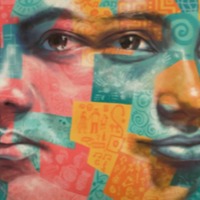
Kavita
There are millions of enslaved domestics in India, and a further 264,000 child domestics in Pakistan. Children are often sent away from their villages to work in order to clear a family debt. These loans have immensely high rates of interest, and in many cases no remuneration is given at all. The…
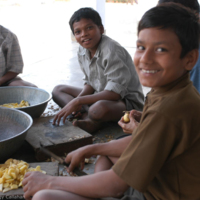
Ashok
There are hundreds of thousands of children trapped in India’s carpet industry. Most of India’s carpets are woven in Uttar Pradesh, where the majority of workers are low-caste Hindu boys. Some are lured into bondage by agents’ promises to their parents that they will receive good wages, and…
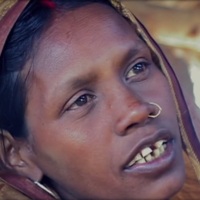
Choti
In 2000, some of the 220 residents of Sonebarsa, a quarrying village in Uttar Pradesh, India, revolted against their slaveholders. About 40 families lived in Sonebarsa, all of them Kols, an ethnic group near the bottom of India’s steep ladder of caste and discrimination, and all locked into…
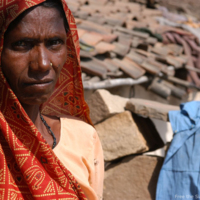
Munni
Debt bondage is the most common form of modern slavery. Found predominantly in South Asia and South America, it occurs when a person pledges their labor or that of a child for an indefinite period of time in return for financial credit. There are millions of bonded laborers in India. Debts arise…
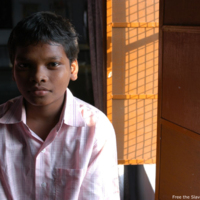
Rama
There are hundreds of thousands of children trapped in India’s carpet industry. Most of India’s carpets are woven in Uttar Pradesh, where the majority of workers are low-caste Hindu boys. Some are lured into bondage by agents’ promises to their parents that they will receive good wages, and…
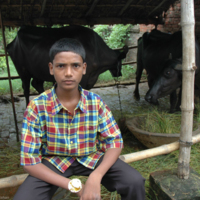
Rambho
There are hundreds of thousands of children trapped in India’s carpet industry. Most of India’s carpets are woven in Uttar Pradesh, where the majority of workers are low-caste Hindu boys. Some are lured into bondage by agents’ promises to their parents that they will receive good wages, and…
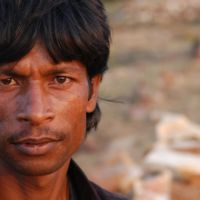
Ramphal
In 2000, some of the 220 residents of Sonebarsa, a quarrying village in Uttar Pradesh, India, revolted against their slaveholders. About 40 families lived in Sonebarsa, all of them Kols, an ethnic group near the bottom of India’s steep ladder of caste and discrimination, and all locked into…
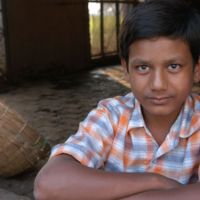
Ravi
There are hundreds of thousands of children trapped in India’s carpet industry. Most of India’s carpets are woven in Uttar Pradesh, where the majority of workers are low-caste Hindu boys. Some are lured into bondage by agents’ promises to their parents that they will receive good wages, and…
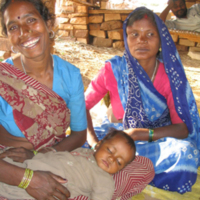
Sumara
In 2000, some of the 220 residents of Sonebarsa, a quarrying village in Uttar Pradesh, India, revolted against their slaveholders. About 40 families lived in Sonebarsa, all of them Kols, an ethnic group near the bottom of India’s steep ladder of caste and discrimination, and all locked into…
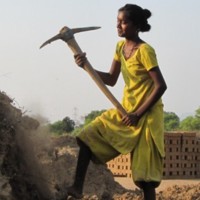
Shanti
Shanti narrated her story while enslaved as a bonded laborer in the rock quarries of Uttar Pradesh, India. Debt bondage is the most common form of modern slavery. Found predominantly in South Asia and South America, it occurs when a person pledges their labor or that of a child for an indefinite…
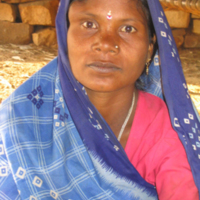
Shyamkali
In 2000, some of the 220 residents of Sonebarsa, a quarrying village in Uttar Pradesh, India, revolted against their slaveholders. About 40 families lived in Sonebarsa, all of them Kols, an ethnic group near the bottom of India’s steep ladder of caste and discrimination, and all locked into…
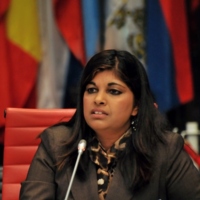
Rani
Rani was taken from her family in India and enslaved when she was seven years old. After a year, her enslaver sold her into illegal adoption. She grew up in the United States. In 1992 she married Trong Hong, a survivor of trafficking in Vietnam, where he had been a child soldier. In 2002, Rani's…
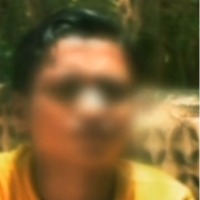
Zakir
India has a population of more than 1.3 billion people, there are still at least 270 million people living on less than US$1.90 per day. While laws, systems and attitudes regarding key 'fault lines' such as the caste system, gender and feudalism are rapidly changing, social change of this depth and…
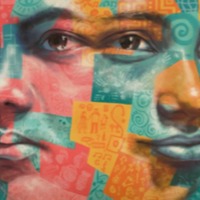
Archana
Experts estimate millions of women and children are victims of sex trafficking in India. Traffickers use false promises of employment or arrange sham marriages in India or Gulf States and subject women and girls to sex trafficking. In addition to traditional red light districts, women and children…
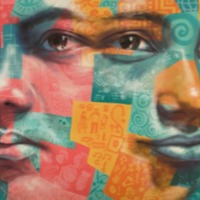
Sunita
India has a population of more than 1.3 billion people, there are still at least 270 million people living on less than US$1.90 per day. While laws, systems and attitudes regarding key 'fault lines' such as the caste system, gender and feudalism are rapidly changing, social change of this depth and…
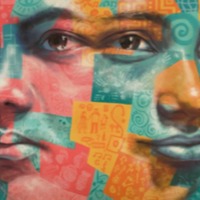
Ruhi
Entire families migrate every year from other states in India to find work in Punjab’s brick kilns. The survey data suggest that there are more than 18 million people or 1.4 percent of the total population, who are living in conditions of modern slavery in India. Industries implicated in survey…
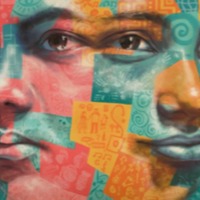
Sunita B
India has a population of more than 1.3 billion people, there are still at least 270 million people living on less than US$1.90 per day. While laws, systems and attitudes regarding key 'fault lines' such as the caste system, gender and feudalism are rapidly changing, social change of this depth and…
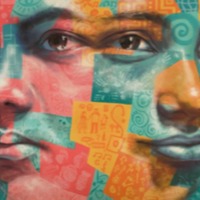
Aarya
Experts estimate millions of women and children are victims of sex trafficking in India. Traffickers use false promises of employment or arrange sham marriages in India or Gulf States and subject women and girls to sex trafficking. In addition to traditional red light districts, women and…
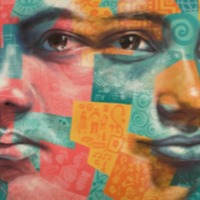
Aanya
India has a population of more than 1.3 billion people, there are still at least 270 million people living on less than US$1.90 per day. While laws, systems and attitudes regarding key 'fault lines' such as the caste system, gender and feudalism are rapidly changing, social change of this depth and…
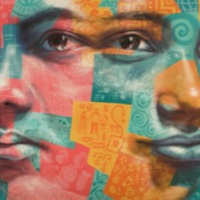
Sanjay
India has a population of more than 1.3 billion people, there are still at least 270 million people living on less than US$1.90 per day. While laws, systems and attitudes regarding key 'fault lines' such as the caste system, gender and feudalism are rapidly changing, social change of this depth…